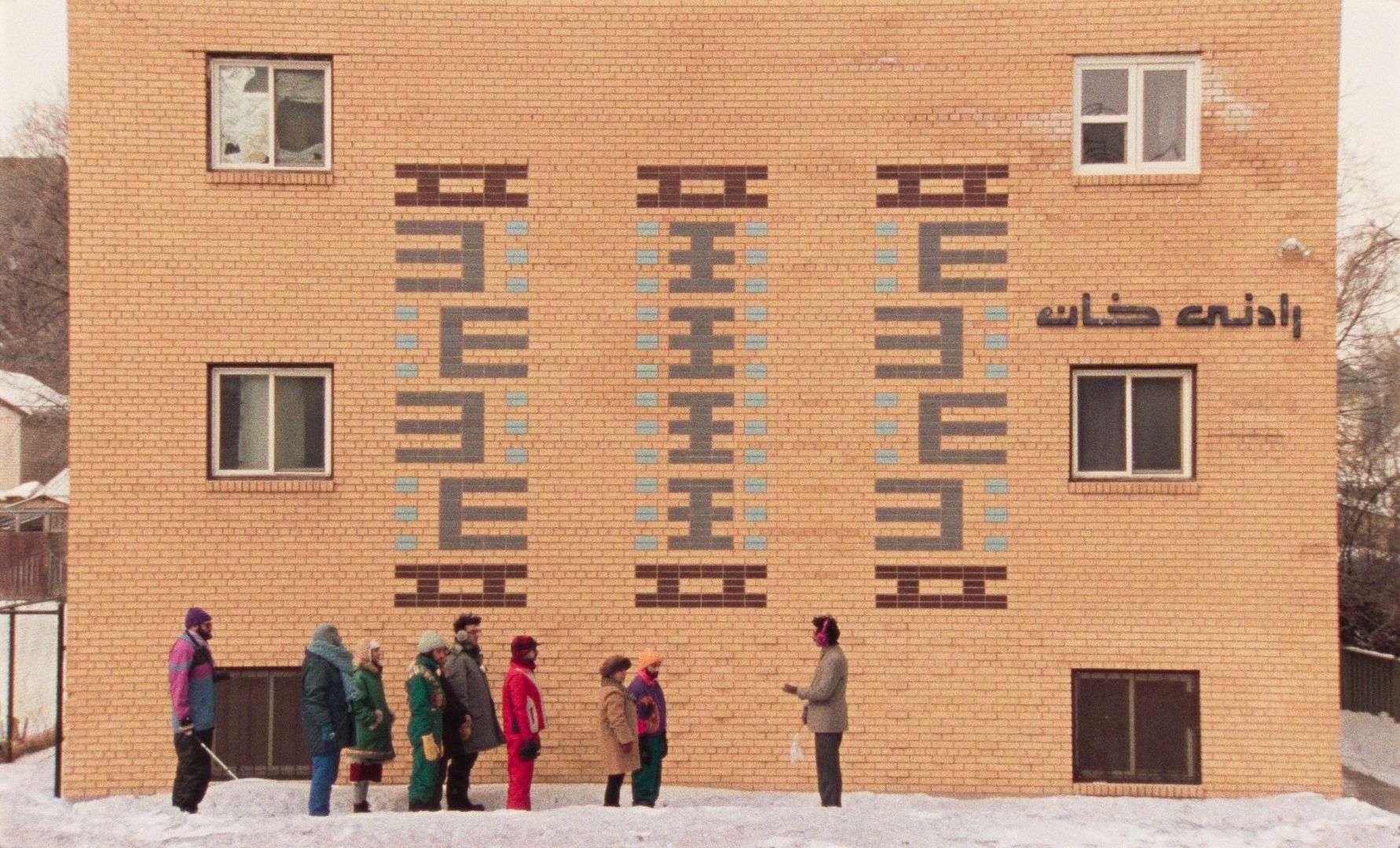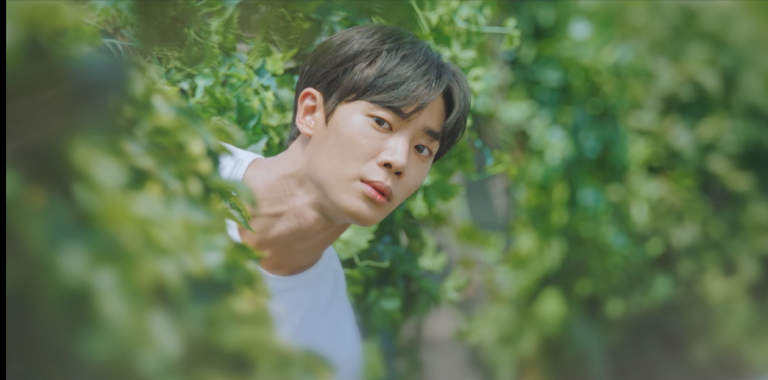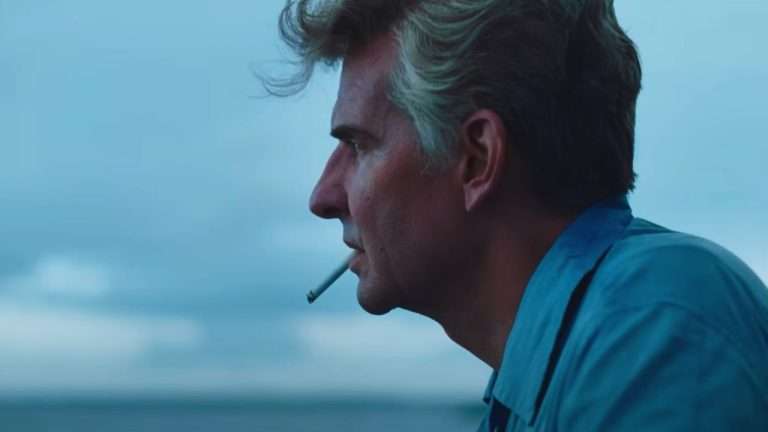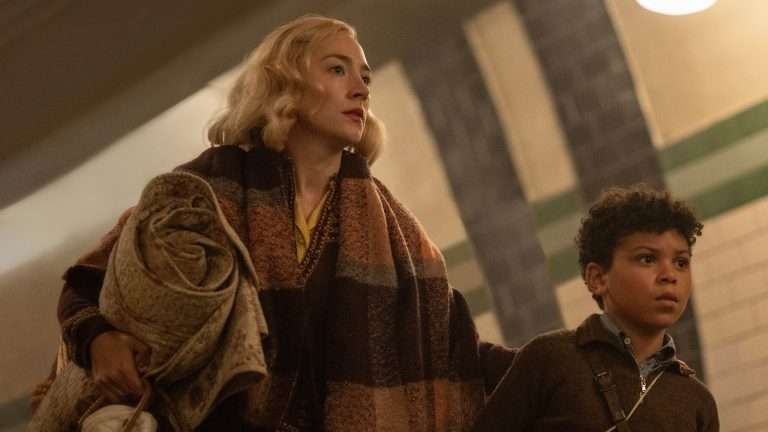Matthew Rankin’s “Universal Language” (French: Une langue universelle, Persian: Avaz boughalamoune) is an amalgamation of his cinematic inspirations. The set design is immaculately constructed. Its picturesque color blocking is akin to Wes Anderson’s world-building style. Yet, the color palette is often not as vibrant. With its seemingly odd compositions, greyish tones, and peculiar use of architecture, it looks similar to the films of Roy Andersson or Jacques Tati. However, it revolves around pieces of a humanist drama that feels more rooted in the innocence of masterful Iranian cinema.
Set somewhere between Tehran and Winnipeg, the narrative begins to show its strangeness from the get-go. In its odd setting, we meet a severely ill-tempered school teacher. One of his students, who aspires to be a comedian, dresses like Groucho Marx. Another student comes late to school because a Turkey obstructs his way! Despite the places having Canadian names, much of the film’s dialogue is in Farsi. For someone like me who’s uninitiated in the history of the 1995 Quebec referendum, it was challenging to understand the film’s absurd mix of places & languages or its referential nod. Nevertheless, the film keeps you invested in its drama moderately well.
“Universal Language” follows multiple narratives that intersect in peculiar ways. The dreams, hopes, and expectations range from being adorable to melancholic. In this concoction, we meet a boy from the aforementioned school who loses his glasses after a turkey blocks his way to school. Meanwhile, two girls happen to find the Iranian currency note caught in the snow. They try to recover it and help the boy buy a new pair of specs. During their quest for a tool, they meet a tour guide who is weary from his job of showing people around Winnipeg.

Meanwhile, there is a middle-aged man, played by co-writer and director Rankin, who decides to leave his job in the city and return to his childhood home in Winnipeg. All their journeys are filled with themes of loss, grief, empathy, and nostalgia. The film is placed in a strange geographical situation that is a mix of Canada and Iran. People speak in Farsi, offer & drink tea, while also exclusively selling Kleenex in a shop. The currency is Rial, and a girl hopes to attend her Santur class. Yet, the names of its places are clearly Canadian, and people have histories attached to the country’s historical decisions.
Every frame from this film is peppered with whimsical gags. They are either running in the background or taking center stage to introduce something wildly hilarious. The girls, who look for a tool to break the ice, are told to look for a beige-colored building in a place filled with beige-colored buildings. A quacking bird gets a seat on the bus next to a passenger because it belongs to a wealthy man. The kids dress up according to the profession they aspire to be in the future. A recurring video ad keeps talking about a store that offers almost anything you ask for, want, or need. While a man remains inside a Christmas tree, a bingo auction for a strange cause blurs gender binaries.
In “Universal Language,” there is always something peculiar to notice and to relish joy from its whimsy. This apparent quirkiness makes the film’s disorienting nature a bit more digestible. Yet, the film’s mundane melancholy remains a constant thread throughout its duration. We see a tourist guide who shows places that have little to no relevance. It includes a suitcase that someone left on a park bench and forgot to collect later. Despite its apparent non-importance, they are allowed to spend only half a time in an odd place, in a freezing climate.
“Universal Language” reflects affection and regrets associated with a bygone era and the bittersweet feeling about the things one could have done, did, or didn’t. Yet, despite its beating heart, the film often feels too contrived and a little too amused by its absurdity.





![Greta [2019] Review: B-Movie Thriller with A-List Celebs](https://79468c92.delivery.rocketcdn.me/wp-content/uploads/2019/08/greta-screenshot-3-768x320.jpg)


![The Sacred Spirit [2021]: ‘Locarno’ Review – A Dazzling, Mysterious Supernatural Fantasy](https://79468c92.delivery.rocketcdn.me/wp-content/uploads/2021/08/The-Sacred-Spirit-1-768x416.jpg)
